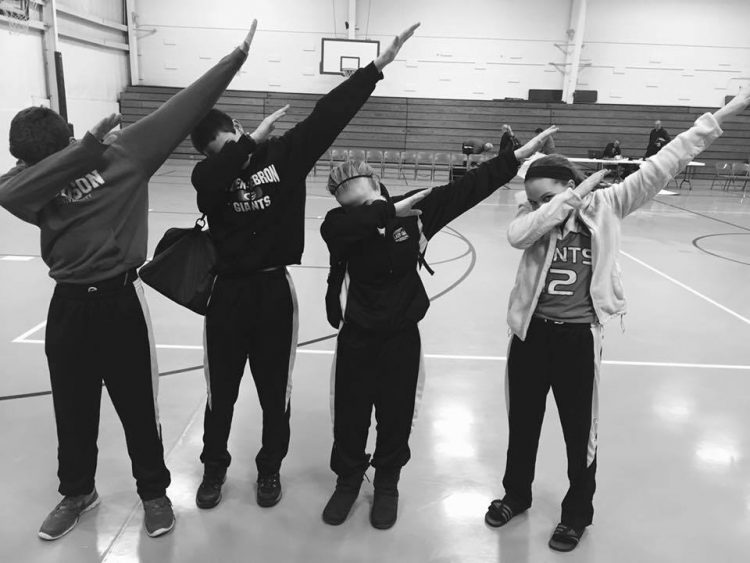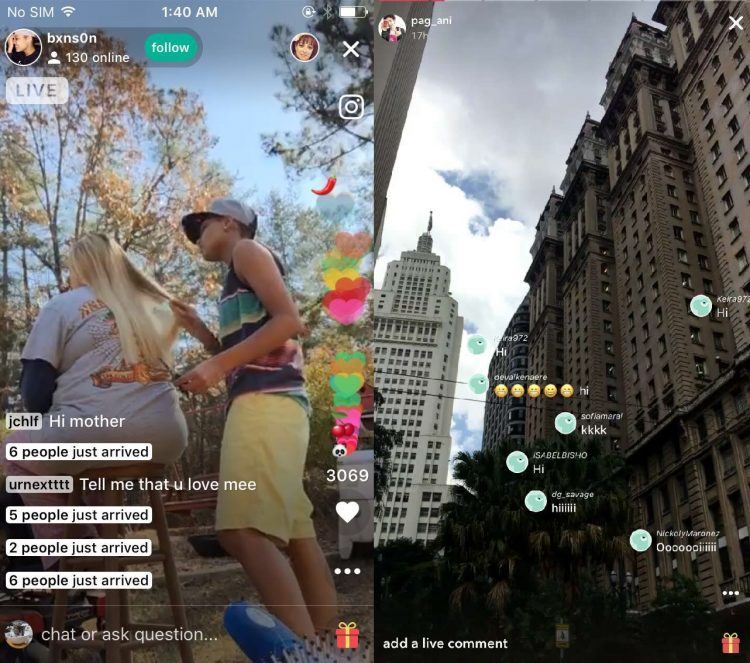
Doin’ the dab. Photo credit: Gokudabbing.
Teenagers are mysterious. Beyond rare reports from the field and the occasional inside source (read: younger siblings), not much is known about their culture. To outsiders, teens are inscrutable.
But Musical.ly, a Chinese social networking startup, gets them.
“You know what a dab is, right?” says Louis Yang, co-founder and CEO of Musical.ly. When I look confused, he shoots me an incredulous look.
Louis stretches out his left arm in a salute and tucks his head into the crook of his right arm. “This is called a dab,” he explains. “The kids in the US, they really want people to dab. In everything.”
Musical.ly took off last summer, about half a year after it launched its first app. The 15-second video platform was a hit with North American teens, rising to the top of app store rankings next to Instagram and Snapchat. What started off as a platform for lip-synced music videos has now expanded to include all kinds of performances, from comedy skits to dancing. Some ‘Musers’ (Musical.ly users) have even found fame through the app, launching their own clothing lines or going on music tours.
Now, the Shanghai-based startup is working on a live streaming app called Live.ly.
“Live.ly is the platform for people to engage the fans and to engage their friends,” says Louis. Unlike Musical.ly, the focus is on connecting with friends, not strangers, he says.
Five virtual coins buys you a panda; 1000 coins buys you Trump’s face.
Live.ly is less about building a portfolio of videos and more about daily footage and peer-to-peer interaction, hence the live streaming. It’s also more immediate. Each user has their own channel, which includes photos, videos, and live streams. But Live.ly channels are deliberately ephemeral. If you don’t update your channel with new content within 24 hours, your footage disappears.
“You just keep posting. If you don’t add new content, you just fade out like this,” he says, pointing to a test user’s account, where their channel shows white static.
So far, Live.ly’s been a hit with Musical.ly’s loyal teen fanbase. Just a few days after the app launched in June, it surged to the top of app store rankings. About 60 percent of Live.ly users come from Musical.ly, says Louis. Part of that is by design: there’s significant crossover between the two apps. For instance, Live.ly lets Musical.ly users pull their existing fanbase into the app.

Typical live stream on the left, danmu comments on the right.
What’s fascinating about Musical.ly’s new app is how it merges Chinese and Western product features. In the app’s live broadcasts, for example, users can send virtual gifts, a feature that’s more characteristic of Chinese live streaming platforms than Western equivalents, such as Periscope and Facebook Live. Of course, Live.ly’s virtual gifts are designed to cater to teenage tastes. Five virtual coins buys you a panda; 1000 coins buys you Trump’s face.
Live.ly also supports danmu or floating comments that scroll across the screen. Danmu, which originated in Japan, is a popular feature in Chinese video and live streaming sites, most notably Bilibili. Now, American teens are adopting it as well.
“The kids care more about the reaction than the show itself,” says Louis. “We just see that [as an] interesting interaction first between friends, second between the influencer and their followers,” he continues, referring to Live.ly’s virtual gifts. “This is a way for people to show their love.”
Watch and learn

Louis Yang, CEO of Musical.ly. Photo credit: Musical.ly
Musical.ly’s meteoric rise doesn’t speak to any special knowledge on teenagers or the North American market. In fact, when the Chinese company first launched Musical.ly, it ran into localization challenges like addressing cyber bullying, a sensitive topic for US parents.
Now, Musical.ly has over 90 million users, with 40 percent in the US, 40 percent in Europe, and the remaining 20 percent spread among South America and Asia.
The company’s secret sauce is simple: listen to your users.
“We observe the data,” says Louis. Live.ly’s focus on more intimate reactions was a result of that, for example. “In Musical.ly, on average, we see that there are more than ten friends – I mean real-life friends – per user.”
The company has a team dedicated to watching trending content on its apps, like the mannequin challenge where people pretend to be frozen. Musical.ly also communicates directly with its users through WeChat, a popular social messaging app in China.
“We create different groups and people are talking about what’s cool and what’s not cool there,” says Louis. “They use WeChat to report bugs to us and they use WeChat to give suggestions.” The company will even take suggested features and put them directly into Musical.ly’s product road map.
Going forward, Musical.ly plans to expand the functionality on Live.ly, adding video communication features like video chat. And with the recent demise of Vine, the Chinese startup plans to seize more of the video-based social media market as well.
“Actually, we have seen that […] top Viners are migrating to Musical.ly. They are finding a new home,” says Louis, smiling. “To welcome them, we are designing some Vine features into Musical.ly.”
This post How a Chinese startup won the hearts of American teens appeared first on Tech in Asia.
from Tech in Asia https://www.techinasia.com/musically-lively-profile
via IFTTT
No comments:
Post a Comment